 A genus of around 60 species of perennials, Watsonia (‘Bugle Lilies’) are usually found on rocky or grassy slopes and plateux in South Africa and Madagascar.
A genus of around 60 species of perennials, Watsonia (‘Bugle Lilies’) are usually found on rocky or grassy slopes and plateux in South Africa and Madagascar.
Most are plants typical of the fynbos area in south Africa, adapted to a Mediteranean -type climate, but some occur along the eastern and inland areas of the country and have adapted to a wider range of conditions, mainly a continental climate with summer rainfall. Many species occur mainly in the mountains, though some occur in sandy flats and marshy areas.Watsonia species were introduced as garden ornamentals to Australia in the mid-19th century and were widely grown by the 1940s.
The genus is named after Sir William Watson, an 18th century Brtiish botanist. Growing from corms, they have erect, usually sword- shaped leaves at the base and are grown for their spikes of tubular flowers in shades of red, orange, pink or white. Stems grow to between 1.2 and 1.7 metres tall. Watsonia flowers for up to 4-5 weeks in spring, which makes it a really interesting plant for perennial borders.
They have an erect growing habit, do not need any staking or support and have blooms that add a ‘zing’ to a garden for weeks on end!
The plants are a little tender, so can only be grown successuflly in places with little or no frost, or alternatively in a greenhouse or conservatory. Spring and summer growing varieties can be grown outdoors in a border and then lifted in the autumn and brought under cover for the winter. They can also be grown in containers.
The most commonly cultivated species is the pink-flowered Watsonia borbonica and its white mutant ‘Arderne’s White’. These were crossed with Watsonia meriana and other species in the early 20th century by breeders in Australia and in California to produce a wide range of cultivars. Watsonia has been eclipsed in popularity by Gladiolus and other bulbs, and is now largely neglected by the nursery industry.
Under glass they should be grown in a loam-based compost with added sharp sand and leaf mould, in full sun. They should be watered freely when in growth and liquid fertiliser perhaps added every month. Outdoors they can be grown in light, well drained soil that does not dry out in summer. A dry mulch can help protect against frost during the winter.
Further information:



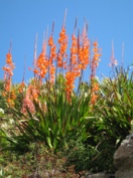
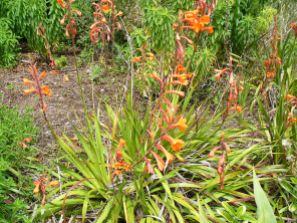








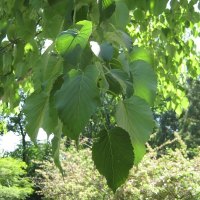

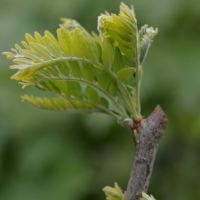
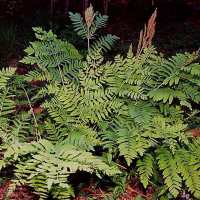
So incredibly beautiful. Thank you for sharing.
Thanks for taking the trouble to comment! 🙂
It was no trouble Nigel.
They are true beauties. Sadly as we often drop tp minus 20 we can’t grow them here. Malc
Hi Malc
I suspect we might suffer the same problems in Norfolk (though -20 is a rarity). I might give them a go by bringing them in over winter. 🙂